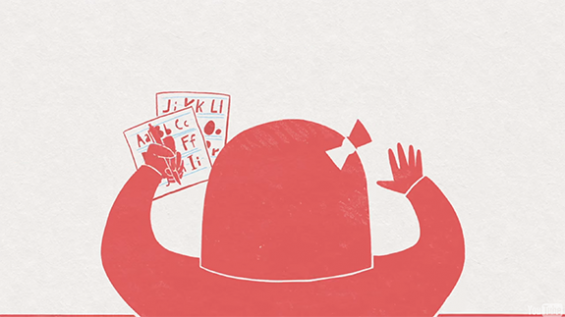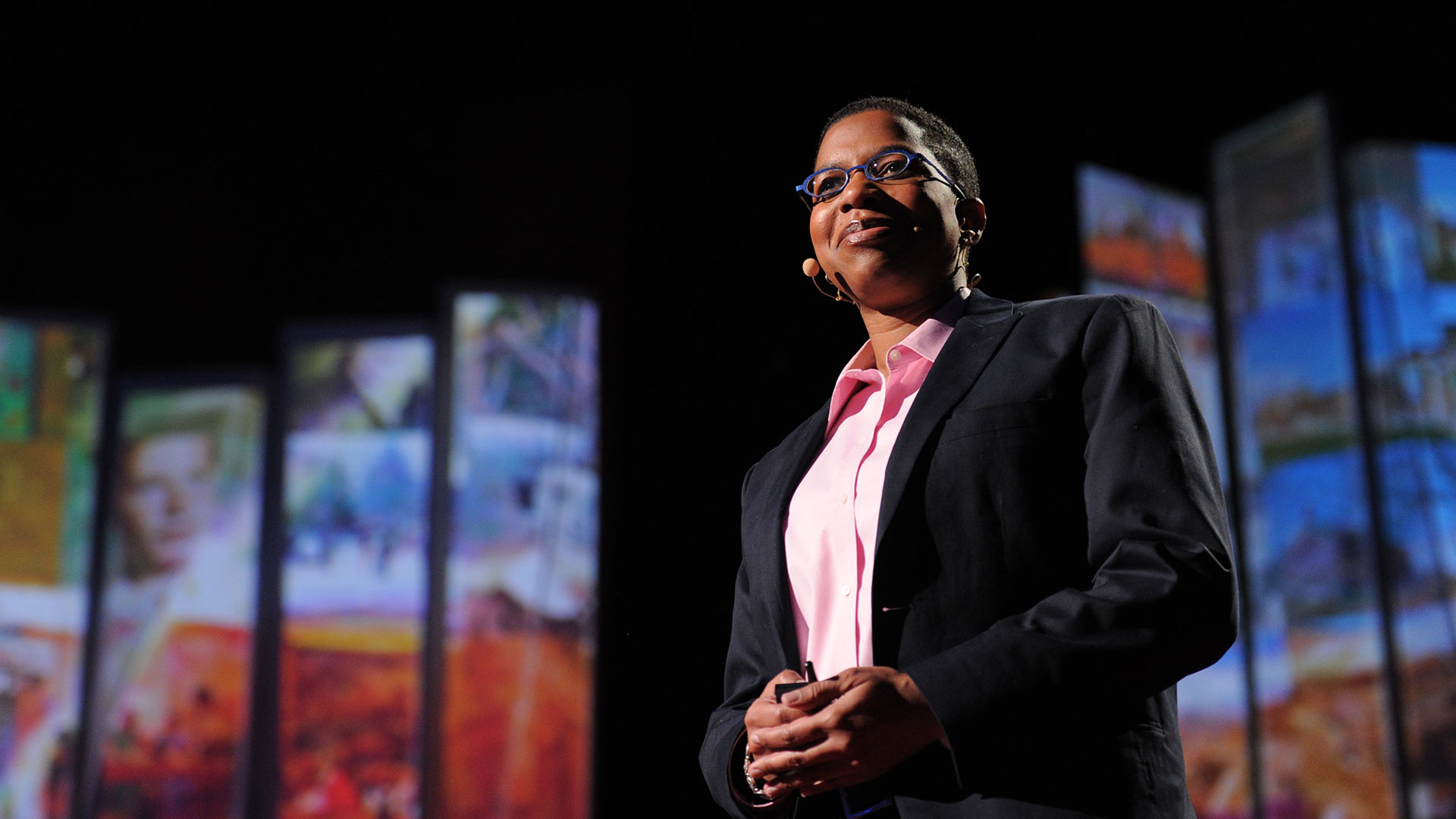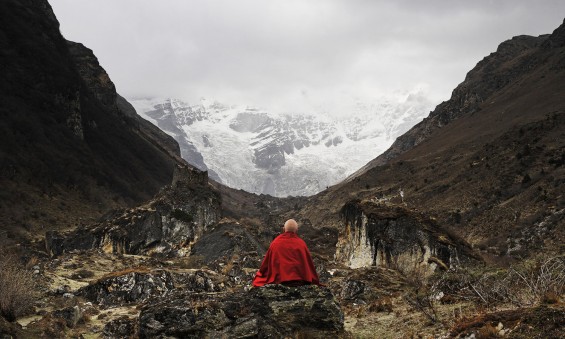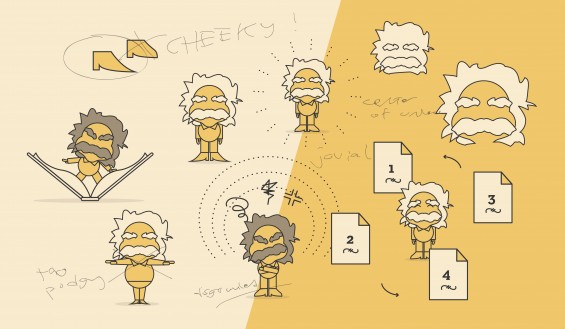
Ainissa Ramirez on women in STEM

Ainissa Ramirez isn’t your ordinary scientist; she’s also an inventor, an author, a TED speaker, a TED-Ed educator, and a serious advocate for science education. She shares her story, how we can all do our part to make STEM more inclusive, why women are as naturally inclined toward STEM as men, and her dream scientific dinner party.
Ainissa’s Story
I wanted to be a scientist since I was 4. It is strange to write that; what is even stranger is that I got the idea from television. There was a show on TV called 3-2-1 Contact that had an African American girl doing science. I was hooked. I saw my reflection, and the notion of being black and being a scientist were fused together. There were no scientists in my working-class neighborhood in Jersey City, NJ.
Being exposed to new people and new ideas gives you an opportunity to find out more about yourself, about what you like and what you don’t like. Seek out role models, and follow that path until a better one presents itself.
I was lucky too because my parents encouraged education and made it clear it was the only inheritance that we (my two younger brothers, Dave and Marc, and I) were going to get. One of the smartest moves my mom made was to pick us up at the library after school. School closed at 2:30pm, but she did not get off work until 5pm. She had to come up with a safe place for us to wait for her. Being around books makes you want to learn, and the library became our second home.
Girls and STEM: A Lost History
While researching my own TED Book called Save Our Science, I found out something fascinating: When it comes to STEM and girls, society suffers from amnesia. In the 21st century, we talk a lot about getting girls into science, technology, engineering and math (STEM), but in the 19th century, these classes were filled with girls. In fact, in the 1890s, 58 percent of STEM students were girls. What I found in my research is, the reason why girls are not in STEM now is cultural, not due to their natural ability. So, why did girls get removed from STEM classes? A couple reasons: the home economics movement; the substitution of Classics courses for STEM classes, which were needed for college admissions; and, yes, gender discrimination. But it is important to let girls know that they once ruled STEM!
A More Hospitable World
Now, to succeed in STEM as a woman, you need a support system of friends, role models to give you pep talks, and an ability to work hard. The payoff is worth it! Using science, tech, and math, you have the tools to change the world and solve huge problems, like reduce pollution, advance medicine, improve communication, and increase global health. That is the message we should use. Who wouldn’t want to change the world for the better? By not tapping into all of our human capital, we all lose. Think of all the inventions and ideas that have been lost because students got dissuaded from studying them.
But we can fix this problem together. We can all do our part to make STEM hospitable to all kinds of people. Imagine peer-to-peer STEM mentoring groups that are established, institutionally supported and nurtured. Minorities, especially women and people of color, need to have a space of their own as well. It is a human issue.
A Science Dinner Party
If I were to have a dinner party with six scientists (alive or deceased), they would be Benjamin Banneker, Dmitry Mendeleev, Leonardo da Vinci, Rosalind Franklin, Thomas Edison and Sir Isaac Newton. As you might know already, Mendeleev created the periodic table; da Vinci was a Renaissance man who sculpted, painted, and invented; Edison ushered in the electric age; and Newton found universal laws of motion that can be applied to objects big and small (he’s also a new crush of mine, since I just co-wrote a book named after him called Newton’s Football). My other two guests may not be as well known, but their impact is massive.
Benjamin Banneker has been a hero of mine since I was a kid. He was an African American scientist, almanac author and a surveyor in colonial America. That alone would be a huge achievement, but he was also one of the people who mapped out and gridded a swampy region that became Washington, D.C., and he did this from his photographic memory when the plans for the city were taken. Sure, there may be some mythology to him, but what is no myth is that Banneker was a STEM superhero.
And Rosalind Franklin, physicist and crystallographer, was the first to photograph DNA. She had the expertise of determining how atoms arranged themselves from the dark and light patterns they created on photosensitive paper. This photo was critical in helping decipher the double helix-shape for which Watson and Crick got the Nobel Prize (and beat Linus Pauling). Had it not been for Rosalind, history would have been very different. Had she not succumbed to cancer at the young age of 37, she would have been on the Nobel Prize’s short list (they are not given posthumously). While this story ends on a somber note, what there is no denying is that Rosalind was a powerhouse—a STEM powerhouse. She could wrestle with the big boys and hold her own.
So, more important: What would we eat? I would make food that was science themed. There were be ceviche (a seafood dish, which is a yummy example of fermentation); liquid nitrogen ice cream for dessert (three states of matter all living together); great wine (fermentation again); homemade bread (chemistry at its finest); caramelized carrots (a Maillard, or chemical, reaction); and braised pot roast (another Maillard reaction). Good food and great conversation peppered with science. You cannot get better than that!




I want to watch Ainissa Ramirez’s Ted Talk but I can’t find it. It is said in this post that she is a TED speaker. How can I find it?
Hi Becky! The talk is not on TED’s website, but you can read more about it here: http://blog.ted.com/2012/03/02/a-sputnik-moment-for-stem-education-ainissa-ramirez-at-ted2012/
Thanks!
I would like to have the talk to inspire my students